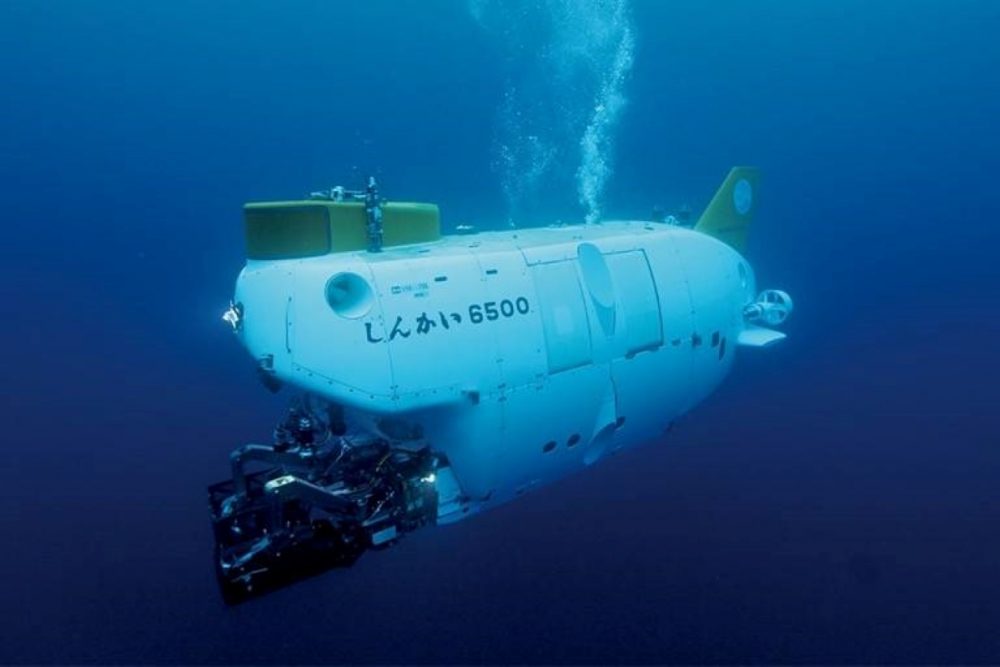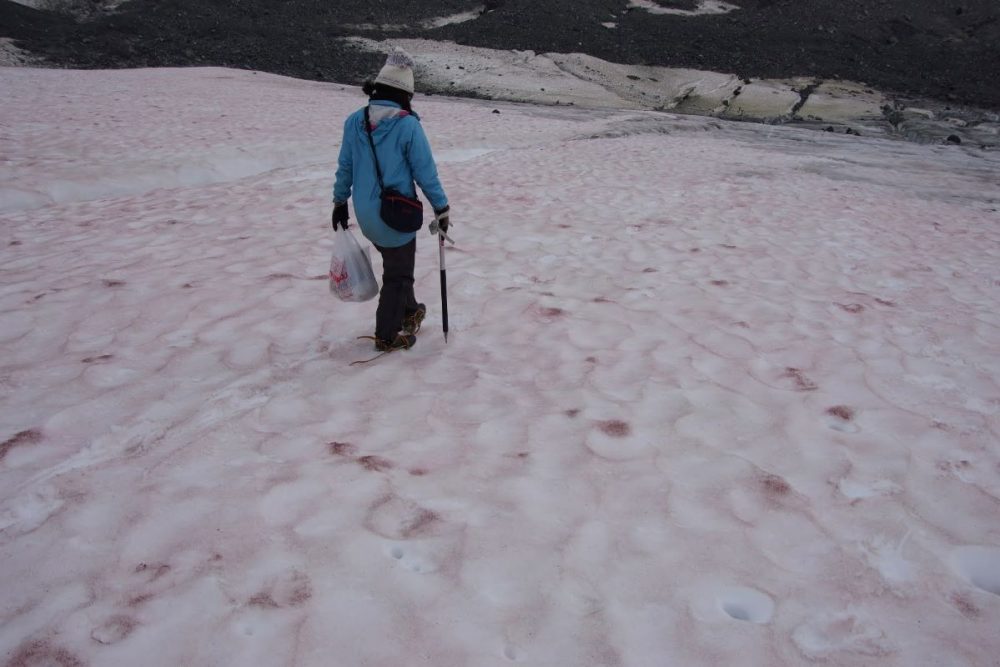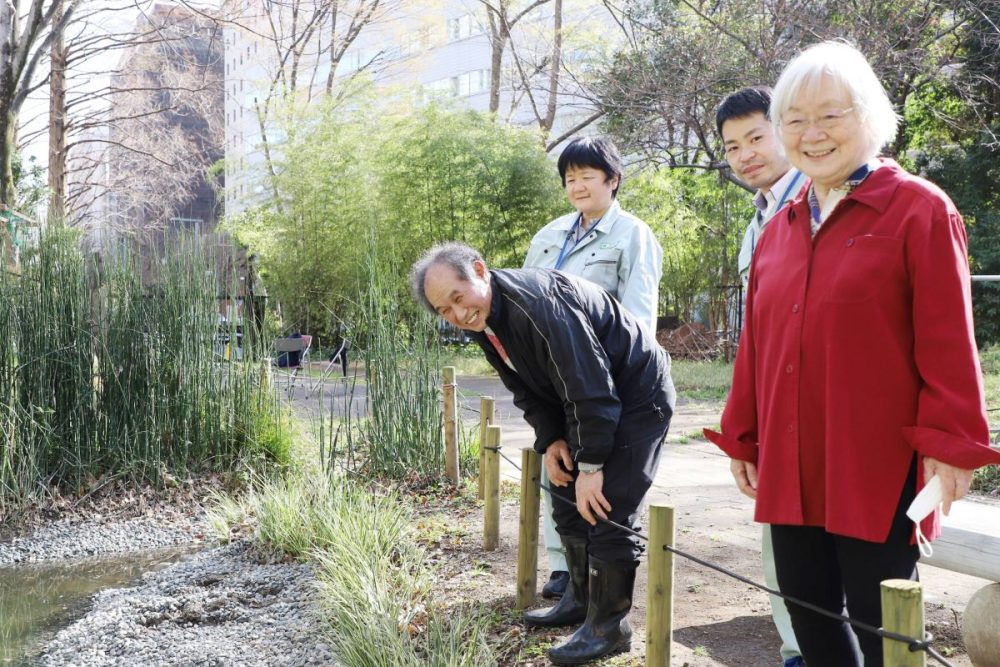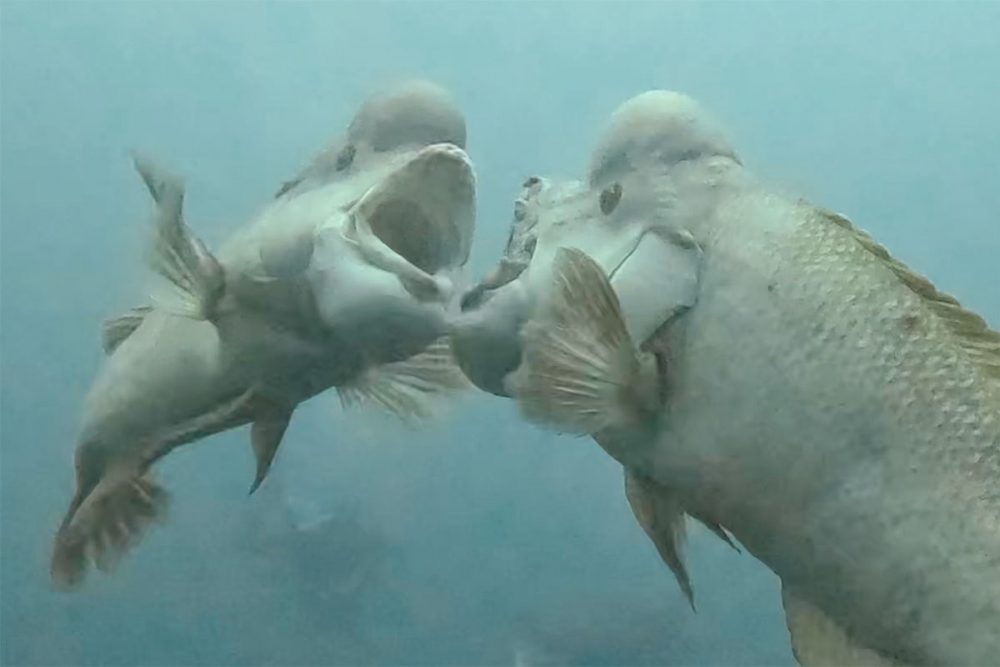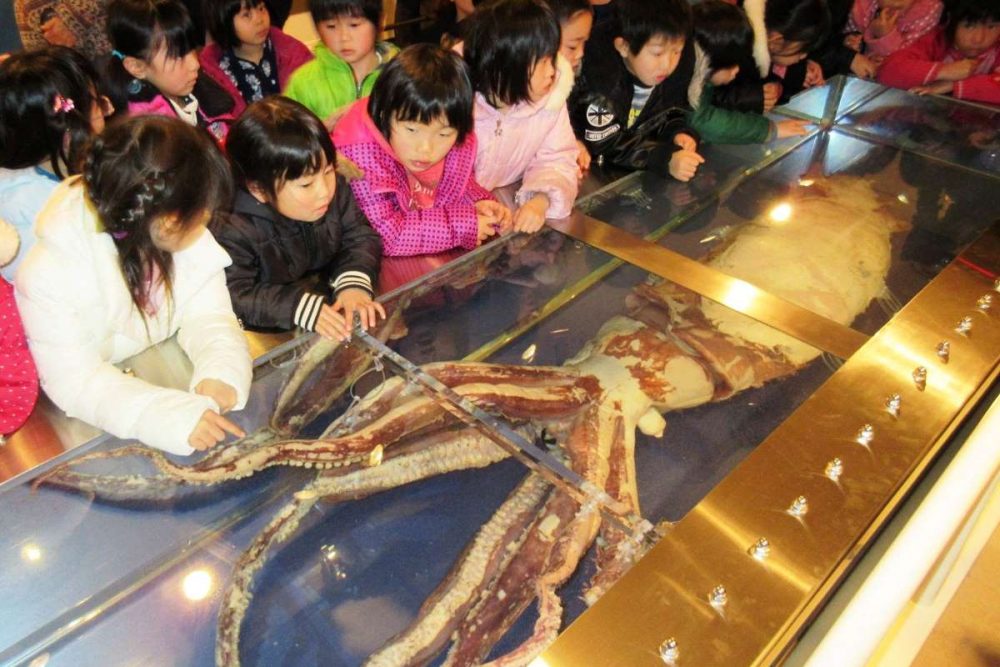Endangered Gray Whale Bones Unearthed as Students and Researchers Take On Super Science Project
Japanese students learn about the ocean in a project helping university researchers to recover the bones of an endangered gray whale in Chiba that died in 2016.
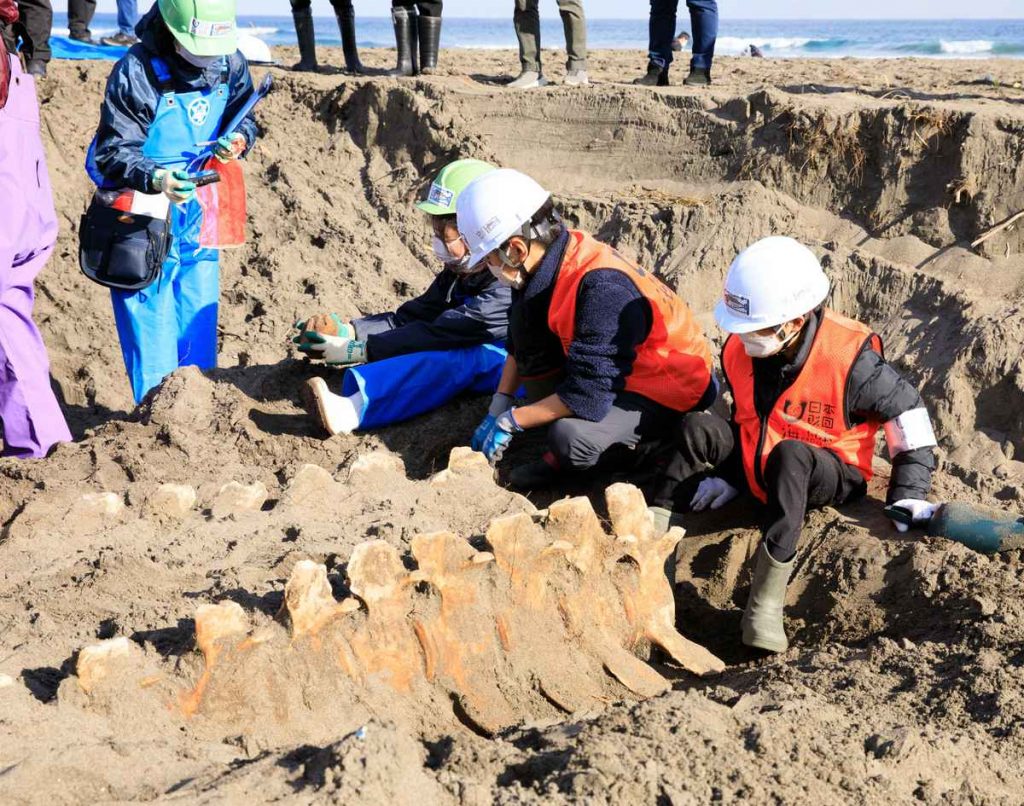
このページを 日本語 で読む
In late January, whale bones were dug up from a beach on the Boso Peninsula in Chiba Prefecture. In this case, the bones belonged to a rare species known as the gray whale that had washed up on the beach in 2016. It had been buried where it was found to make a skeletal specimen.
The huge skeleton was retrieved from the sand in January. It measured approximately 9 meters in length. Researchers from Tokyo University of Marine Science and Technology (Minato-ku, Tokyo) took the lead, helped by junior and senior high school students from Tokyo and nearby prefectures. In this case, the students participated as part of a science education program.
Learning from the Gray Whale Bones
On that afternoon, each of the bones was dug out one by one, including ribs and the skull. Next, they were laid out one after another on a sheet spread out on the beach.
"The ribs were about the size of a child. I was overwhelmed by the size of the whale because I never got a chance to see them in my daily life," said Ibuki Hagiwara, a 14-year-old junior high school student who participated in the event.
According to Assistant Professor Gen Nakamura of Tokyo University of Marine Science and Technology, who led the exhumation, gray whales live in the coastal areas of the North Pacific Ocean. They are divided into two genetically unmixed groups, California and Asian. There are an estimated 120 Asian gray whales in the vicinity of Japan, and they are considered an endangered species.
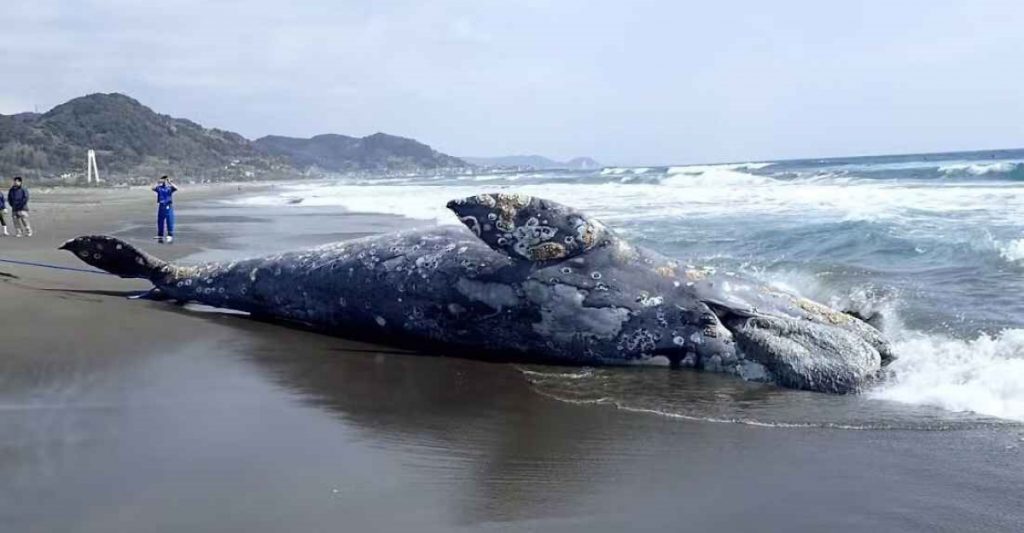
Whales: The Mystery Mammal
It is estimated that there are about 90 species of whales in the world, but the number is not fixed. Instead, the number is increasing and decreasing every year as new species are discovered and those thought to be separate species are integrated. Whales are mammals that still remain a mystery.
Assistant Professor Nakamura explained that comparing skeletons is very important for classifying whales. Moreover, it is also essential for studying their ecology and evolutionary process. At the same time, the number of skeletal specimens is limited because there is not enough space to store them due to their size. In fact, it costs as much as up to ¥10 million JPY ($75,000 USD) to make a single skeletal specimen.
The number of gray whale skeletal specimens in Japan is less than 10. Unfortunately, this small number is hindering the understanding of the animal's biology.
In January, a sperm whale was found near the mouth of the Yodogawa River in Osaka City. Affectionately, it was nicknamed "Yodo-chan" in online social media platforms. Shortly afterward, though, its death was confirmed. Meanwhile, since there were no offers to make it a skeletal specimen, weights were attached to the carcass and it was released at sea.
Ocean Research
Launched two years ago in 2021, the gray whale specimen initiative is part of the "Ocean Research 3D Super Science Project" by the Japan 3D Education Association (3DPERA). The organization is a general incorporated association that trains 3D engineers. With support from the Nippon Foundation, the project aims to develop professionals through research on marine biology using 3D technology.
The retrieved bones were saved as 3D images using an optical scanner on the spot. Conventional manual measurements using calipers and other tools can only be used to collect data on a few hundred parts at most. However, with an optical scanner, the shape of the bones can be quickly converted into data. Moreover, the data is highly accurate, within 0.1 mm.
"The amount of data is overwhelmingly larger," says Daiki Yoshimoto. He is a representative of the Japan 3D Education Association.
The 3D data can be used on a computer, and the issue of storage space can also be solved. Yoshimoto said he hopes this will be a catalyst for children to take an interest in 3D technology and marine research and become the next generation of specialists.
The gray whale bones that were successfully recovered will be stored at the Tokyo University of Marine Science and Technology as a valuable specimen.
This article was first published on Whaling Today on February 17, 2023.
For deeper and unique insights into Japanese whaling culture, whale conservation efforts, and sustainable whaling, check out more articles on Whaling Today.
このページを 日本語 で読む






